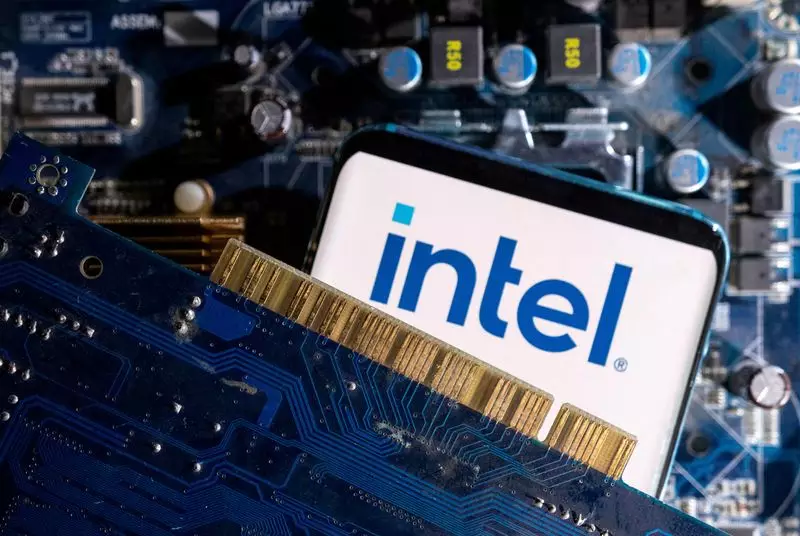Intel Corporation recently disclosed that the extensive $7.86 billion subsidy from the U.S. government imposes significant restrictions on its future operational decisions, particularly concerning the spin-off of its chip manufacturing division. As part of an overarching initiative by the U.S. government to bolster domestic semiconductor production, this financial assistance is aimed not only at Intel but also at other key players like Taiwan Semiconductor Manufacturing Co. The ambition behind these subsidies is clear: to revitalize the American semiconductor industry, and in doing so, reduce the nation’s reliance on foreign sources for critical technologies.
These restrictions come at a crucial time for Intel. CEO Pat Gelsinger has expressed intentions to shift Intel’s chip manufacturing segment into a subsidiary, aptly named Intel Foundry. This move would potentially open doors for external investments. However, the stipulation that Intel must maintain a controlling interest—owning at least 50.1% of Intel Foundry—complicates these plans significantly. As we navigate a competitive landscape where collaboration and investment are essential for growth, such limitations could hinder Intel’s strategic flexibility and its ability to attract third-party investments.
Adding to Intel’s challenges is the stringent change-in-control framework linked to the subsidies. If Intel Foundry is spun off into a separate legal entity and goes public, Intel’s ability to maintain its ownership without sharing with other investors is severely handcuffed. The company may only sell up to 35% of its holdings to any single investor without breaching the change-in-control provisions, a financial maneuver that could deter potential collaborators or investors who might be interested in a significant stake.
The U.S. Commerce Department’s involvement amplifies the stakes. It has stipulated that any shift in ownership necessitates prior approval, thus establishing a regulatory hurdle that could delay or obstruct Intel’s planned developments or partnerships. This could hamper Intel’s ambitious project expansions across several states, which are valued around $90 billion and hinge on robust and immediate manufacturing capabilities.
In the grand scheme of things, these constraints may pose considerable challenges for Intel as it attempts to recover from market share losses to competitors such as AMD and NVIDIA, who have made substantial inroads in respective sectors. The semiconductor market is characterized by rapid technological changes and significant capital requirements. If Intel cannot secure the necessary investments or partnerships due to these restrictions, it risks falling further behind in a field that rewards innovation and agile decision-making.
Ultimately, the current landscape suggests that while government subsidies can serve as lifelines for significant industrial players like Intel, the fine print associated with these deals could inadvertently stifle growth or strategic flexibility. As the semiconductor industry continues to evolve, it will be crucial for Intel to navigate this regulatory environment wisely while seeking innovative pathways to sustain its competitive edge and fulfill the commitments tied to these government investments. The future of chip manufacturing will undoubtedly hinge on how well it adapts to this complex interplay of incentives, regulations, and market forces.

